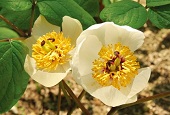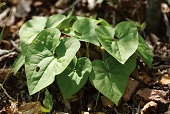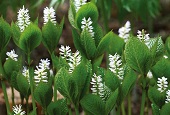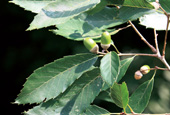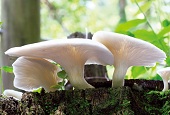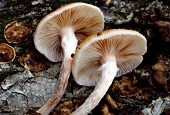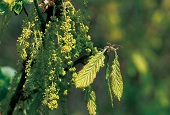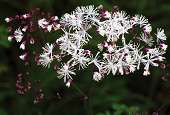View this article in another language
- 한국어
- English
- 日本語
- 中文
- العربية
- Español
- Français
- Deutsch
- Pусский
- Tiếng Việt
- Indonesian
Flora & Fauna of Korea #40
Korea.net publishes a series of articles, “Nature You Meet in the Mountains,” about the peninsula’s mushrooms, insects, trees and herbs & flowers.
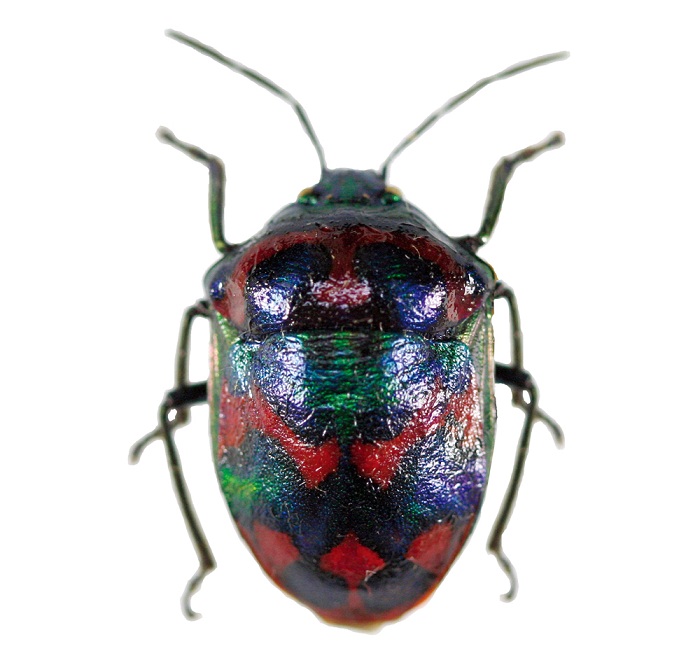
Insects
Name: 큰광대노린재 Keungwangdaenorinjae
Scientific name: Poecilocoris splendidulus Esaki
Distribution: Korea, China, Japan and Taiwan
This stinkbug is often called "walking jewelry." It's a beautiful insect covered with a golden sheen that looks different depending on where it's viewed. It's about 17 to 20 millimeters long. The back is reddish purple or scarlet with rainbow stripes on a golden green background. The beautiful glossiness fades away as it ages. The stripes, larger and wider than on any other species, are one of the most outstanding features of this insect.
Ecology: It inhabits forest and fields, living on the juice of plants.
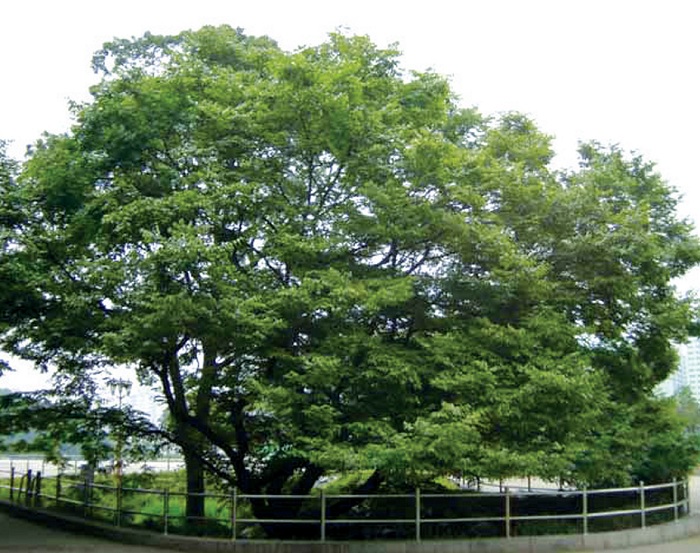
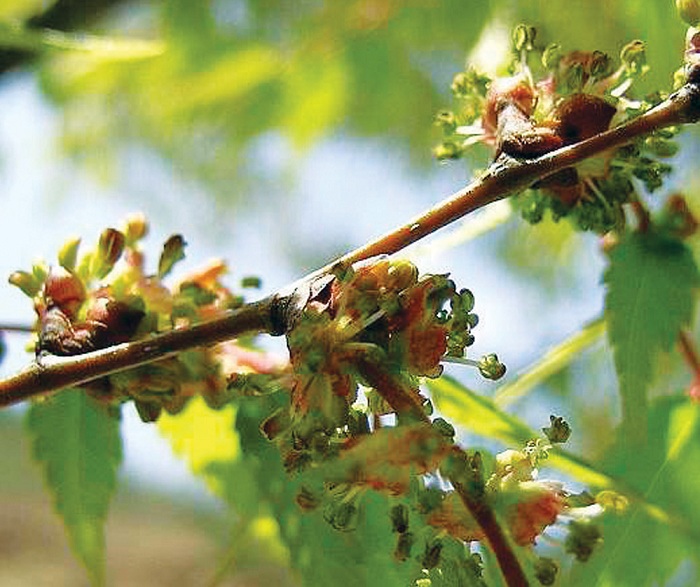
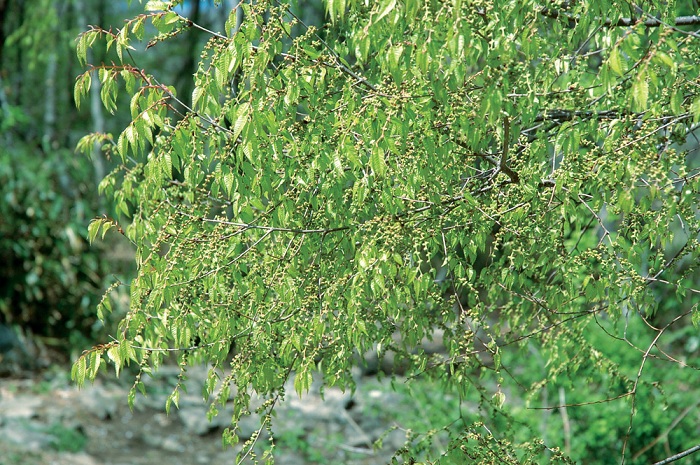
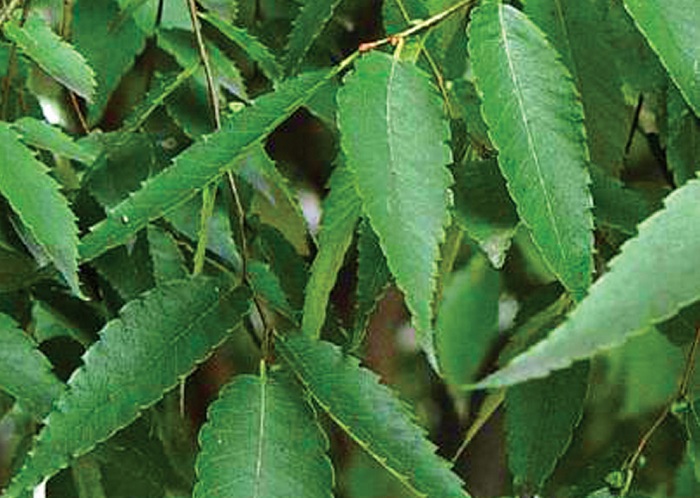
Trees
Name: 느티나무 Neutinamu
Scientific name: Zelkova serrata (Thunb.) Makino
Type: deciduous broadleaf tree
Blooming season: April to May
Bearing season: May
Distribution: mountains in southern regions
This mountain tree grows to a height of 26 meters and can be 1 meter around. The bark remains flat for a long time and then falls off, like scales. The leaves are alternating, oval or ovate, egg-shaped, and have a sawtooth edge. The monoecious flower gives bloom to male flowers under a new branch and a female flower one at a time. It bears small berry fruits.
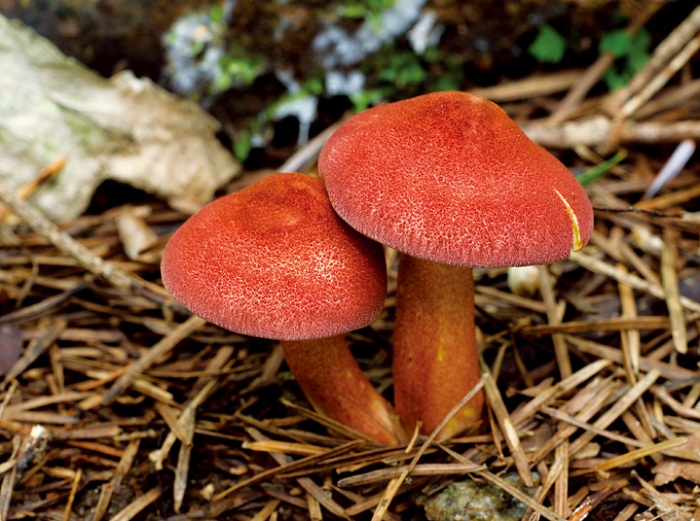
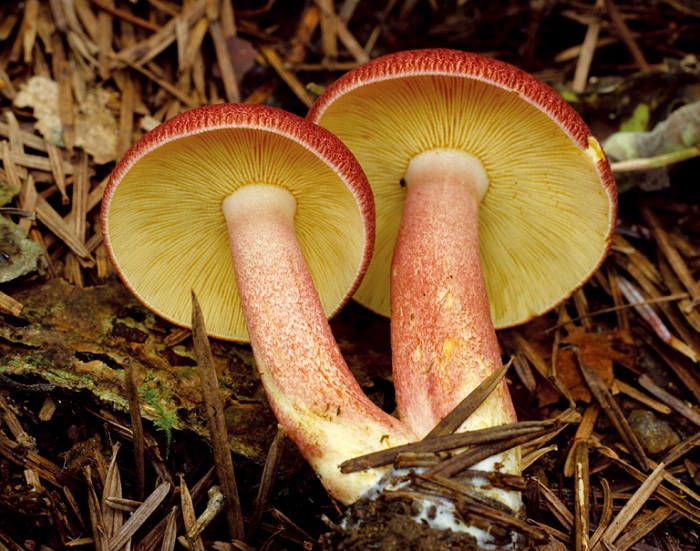
Mushrooms
Name: 솔버섯 Solbeoseot
Scientific name: Tricholomopsis rutilans (Schaeff.) Singer
Type: saprophile spore
Print: white
Edible
This mushroom grows alone or in clusters from dead branches and the stumps of dead broadleaf trees. The cap is about 4 to 23 centimeters around. It's originally a bell-shape and gradually becomes wider. It is yellowish brown with closely arranged red or reddish brown scales. It's coriaceous. The tissue is lemon yellow. The pleats are yellow with pores arranged with different sizes and shapes. The stipe is about 6 to 20 centimeters tall and 10 to 25 millimeters around. The top and bottom parts of the stipe are similar in size, with reddish brown scales in yellowish colors. It might cause diarrhea if eaten, depending on one's constitution.
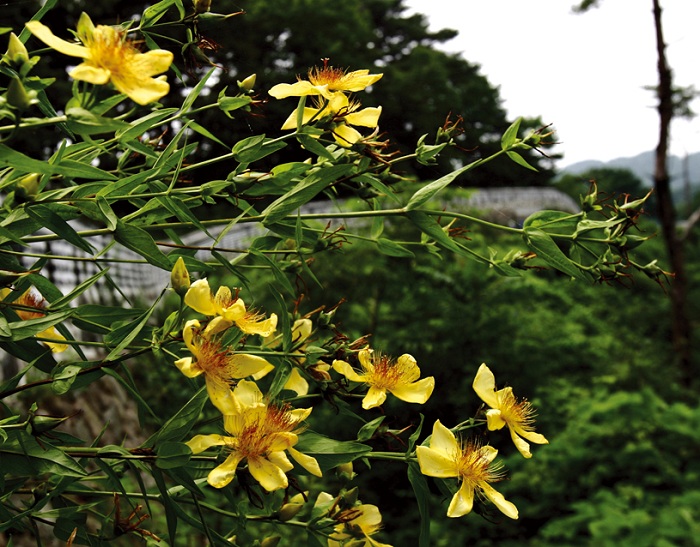
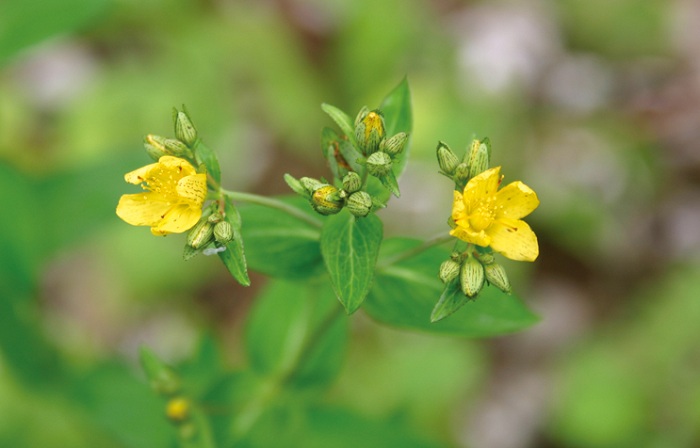
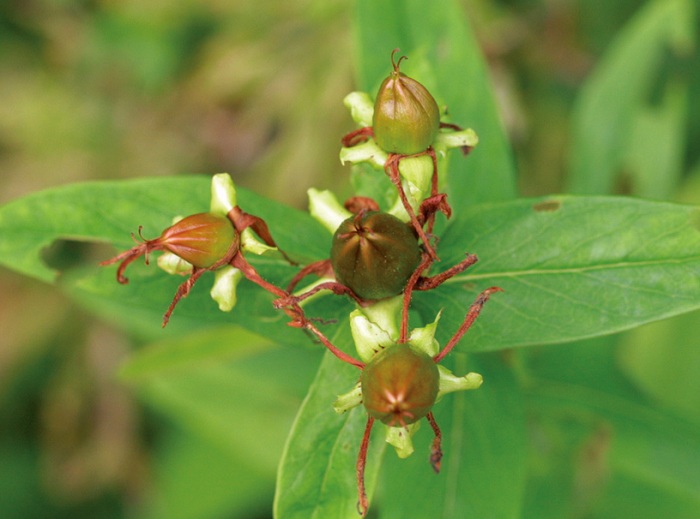
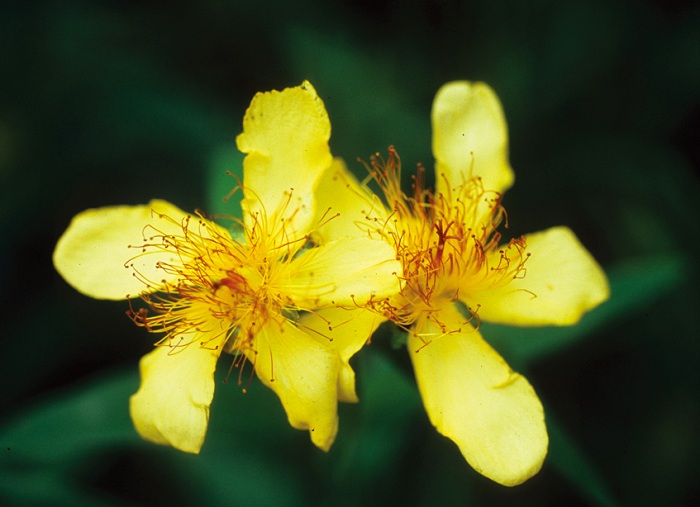
Herbs & Flowers
Name: 물레나물 Mullenamul
Scientific name: Hypericum ascyron L.
Blooming season: June to August
Distribution: mountains nationwide
This perennial, grown both in the mountains and in the lowlands, is about 50 to 150 centimeters tall. The leaves are alternating, lanceolate and have transparent dots. The bottom parts of the leaves embrace the branches. It gives bloom to a yellow flower, one at a time, about 4 to 6 centimeters around. Each flower has five petals. It bears egg-shaped capsule fruits.
*This series of article about Korea’s insects, trees, mushrooms and herbs & flowers has been made possible through the cooperation of the Korea National Arboretum.
Korea.net publishes a series of articles, “Nature You Meet in the Mountains,” about the peninsula’s mushrooms, insects, trees and herbs & flowers.

Insects
Name: 큰광대노린재 Keungwangdaenorinjae
Scientific name: Poecilocoris splendidulus Esaki
Distribution: Korea, China, Japan and Taiwan
This stinkbug is often called "walking jewelry." It's a beautiful insect covered with a golden sheen that looks different depending on where it's viewed. It's about 17 to 20 millimeters long. The back is reddish purple or scarlet with rainbow stripes on a golden green background. The beautiful glossiness fades away as it ages. The stripes, larger and wider than on any other species, are one of the most outstanding features of this insect.
Ecology: It inhabits forest and fields, living on the juice of plants.




Trees
Name: 느티나무 Neutinamu
Scientific name: Zelkova serrata (Thunb.) Makino
Type: deciduous broadleaf tree
Blooming season: April to May
Bearing season: May
Distribution: mountains in southern regions
This mountain tree grows to a height of 26 meters and can be 1 meter around. The bark remains flat for a long time and then falls off, like scales. The leaves are alternating, oval or ovate, egg-shaped, and have a sawtooth edge. The monoecious flower gives bloom to male flowers under a new branch and a female flower one at a time. It bears small berry fruits.


Mushrooms
Name: 솔버섯 Solbeoseot
Scientific name: Tricholomopsis rutilans (Schaeff.) Singer
Type: saprophile spore
Print: white
Edible
This mushroom grows alone or in clusters from dead branches and the stumps of dead broadleaf trees. The cap is about 4 to 23 centimeters around. It's originally a bell-shape and gradually becomes wider. It is yellowish brown with closely arranged red or reddish brown scales. It's coriaceous. The tissue is lemon yellow. The pleats are yellow with pores arranged with different sizes and shapes. The stipe is about 6 to 20 centimeters tall and 10 to 25 millimeters around. The top and bottom parts of the stipe are similar in size, with reddish brown scales in yellowish colors. It might cause diarrhea if eaten, depending on one's constitution.




Herbs & Flowers
Name: 물레나물 Mullenamul
Scientific name: Hypericum ascyron L.
Blooming season: June to August
Distribution: mountains nationwide
This perennial, grown both in the mountains and in the lowlands, is about 50 to 150 centimeters tall. The leaves are alternating, lanceolate and have transparent dots. The bottom parts of the leaves embrace the branches. It gives bloom to a yellow flower, one at a time, about 4 to 6 centimeters around. Each flower has five petals. It bears egg-shaped capsule fruits.
*This series of article about Korea’s insects, trees, mushrooms and herbs & flowers has been made possible through the cooperation of the Korea National Arboretum.
